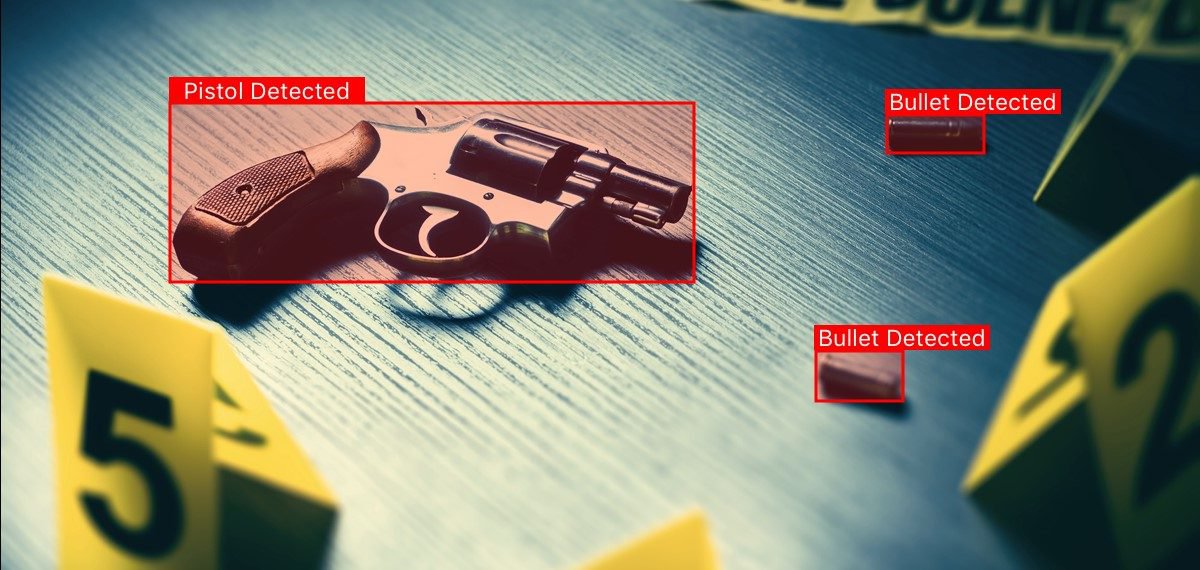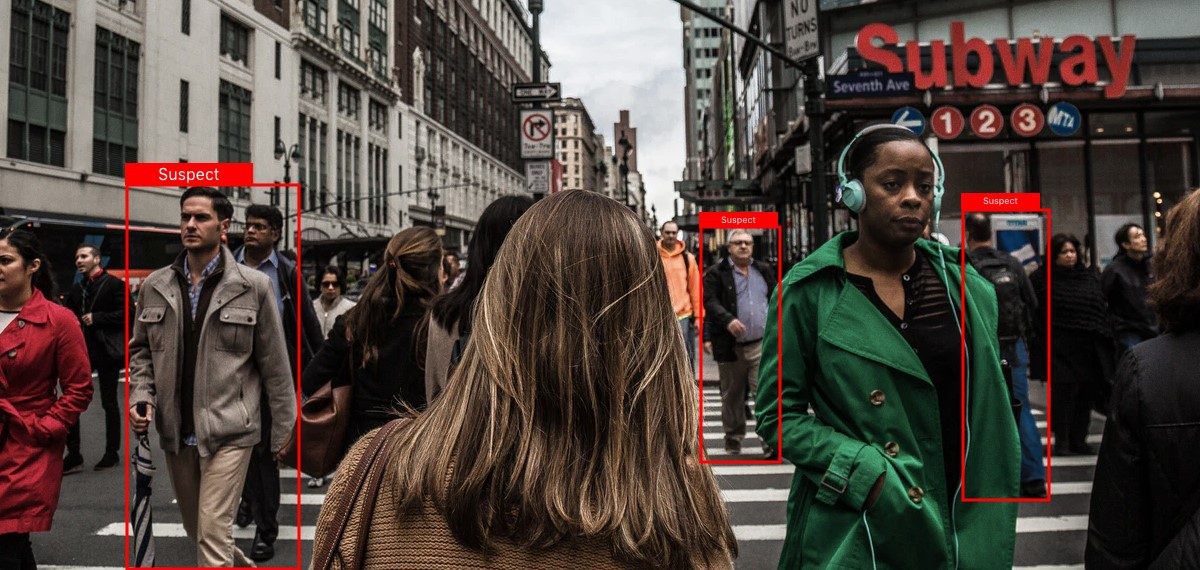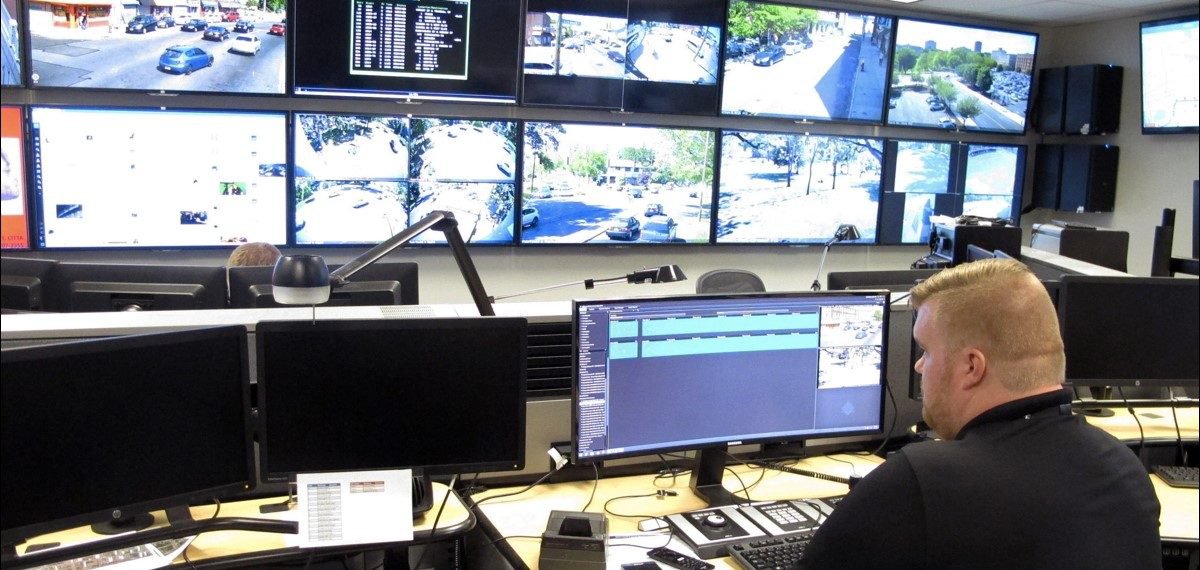Using AI to Fight Crime / How Police Use AI
Using AI to Fight Crime
We all love shows like CSI and NCIS which depict detective solving very complex crimes by analyzing the crime scene, extracting evidence and using it to catch criminals. However, what if this and other jobs can be performed by computers? Thanks to artificial intelligence, this is no longer a plot out of a science fiction movie but is gradually becoming a reality. Let’s take a look at how AI is being used for solving criminal cases and its future use in law enforcement.
Crime Scene Investigation
Recently, researchers at the University of Leon, in north-west Spain, have been training neural networks to detect clues left at the crime scene. This is done by feeding thousands of images from crime scenes into the computer so the machine learning algorithms will know what they need to detect. This includes possible patterns used by criminals in different situations, which could connect all of the crimes to one person. For example, if a burglary took place, there are all kinds of objects that could be left behind by the robber which could be used to connect them to other robberies in the area.
This involves annotating all of the images that are inputted into the computer. For example, the researchers would like the computer to spot all of the footprints left at the crime scene, then the footprints would have to be labeled in all of the images since they come in all shapes and sizes. Furthermore, the computer can learn not to simply spot the footprints, but actually, match them to specific types of shoes which later be used to connect with footprints from other crime scenes. However, this would include an even deeper level of annotation where humans would have to label each footprint with the shoe model such as Nike, Puma, Adidas, etc.
In additional to solving crime, AI can be used by police departments to cut costs. With police budgets shrinking around the world, departments everywhere are looking for ways to save and a lot of them are resorting to limiting the number of officers and investigators they have on staff. Artificial intelligence can help cities in such a situation by replacing tasks that would have to be done by humans. Previously, people would have to spend countless hours analyzing the crime scene, security camera footage, evidence files, and many other things in order to catch suspects. Thanks to new development in AI, all if this can be done faster, cheaper and with greater efficiency.
Identifying Suspects
Trying to identify one person from an entire crowd can be very difficult. Furthermore, it could be difficult to prove in court since it could be very easy for the person to make a mistake. However, all of this is now easier thanks to facial recognition technology. This new technology is being used by law enforcement agencies around the world to identify people both online and in person. For example, if you have pictures of the suspect, you can feed them into machine learning software which will learn to spot the suspects on hundreds of thousands of web pages. Imagine trying to comb through all of these websites manually trying to find the person you are looking for. This is very useful for investigating the so-called “Dark Web” where lots of criminals lurk and illegal activity goes on.
Harnessing the Power of Police Databases
Both police and other law enforcement agencies have databases with all kinds of information on past suspects. However, these databases are not used to their full potential. It would simply take too much time for officers to manually browse through the data and try to make connections. In fact, these connections and clues could be hidden so far into the data that it could be impossible to detect with the naked eye. With machine learning, all of these changes. In fact, even if the machine is not able to provide you with an exact answer, it could still give you data that is relevant.
While this new technology is very exciting and has a lot of potential, it comes with some unexpected drawbacks. For example, let’s say that the AI software has put together lots of different pieces of data and came to the conclusion that a certain person did the crime. The lawyer of the accused will be able to challenge this in court and ask the software development company exactly how the machine concluded that his client was the perpetrator. This means that the software owner will have to disclose all of the information about the inner workings of their product to the defense attorney. You can see where this could become an issue since, in many situations, such software is proprietary and nobody will want to give up their confidential information.
Having said this, let’s take a look at some of the possibilities of using artificial intelligence to analyze databases. Studying the microscopic particles left by suspects at the crime scene is not something that immediately stands out to a lot of detectives, however, it will provide valuable information such as how long was the suspect at the crime scene. However, how do you analyze something like this? It would take a forensic expert weeks maybe even months to sit there and count all of the particles. Additional issues include ascertaining that the particles are indeed from the suspect and not from the police officers or other people present at the crime scene.
Such technology also involves training machine learning algorithms to detect all of the kinds of particles the investigators are looking for. This means that the computer will have to be able to distinguish between particles left by pets, officers, photographers and other presents at the crime scene. This requires data annotation by medical professionals which could be very costly and time-consuming. Having said this, if such technology is perfected to the point where it can detect all of the kinds of particles left behind at the crime scene, it would go a long way to solving crimes.
The Possibilities are Endless
We have mentioned just some of the ways artificial intelligence is used by law enforcement officials to solve crimes. As the technology is perfected, we will get to a point where machines will be able to solve a crime beyond a reasonable doubt. This will result in safer communities and eliminate the possibilities of innocent people being accused. Right now, we are only located in the testing stage of AI police implications. After this stage is complete, we will have a better idea as to its implications and capabilities. the generation tools that speed up analysis are waiting to be analyzed can have a huge influence on future investigations.










